The English Association is proud to present the winners of the 2023 English 4-11 Picture Book Awards.
Established in 1995, the awards are presented by the English Association to the best children’s picture books of the year. Awards are given to Fiction and Non-Fiction in age ranges 4-7 years and 7-11 years. The winning books are chosen by the editorial board of English 4-11, the journal for primary teachers published by the English Association and the United Kingdom Literacy Association, from a shortlist selected by a panel of teachers and Primary specialists. Each year, one of the books submitted to the English 4-11 Picture Book Awards is selected as the recipient of the Margaret Mallett Award for Children’s Non-Fiction. The winners in each category, plus the winner of this year’s Margaret Mallett Award for Children’s Non-Fiction, were announced at the online Awards Ceremony on Thursday 25 May 2023.
The Chair of the judging panel, Dr Sally Wilkinson, commented that
It is a pleasure to honour prolific and well-loved children’s non-fiction authors like Nicola Davies, Anita Ganeri, and Justin Anderson, who have won many awards for their writing, film, and television work, all in celebration of our amazing natural world. These authors have worked in partnership with illustrators Abbie Cameron, Jianan Liu, and Jo Weaver to create rich, engaging texts for us to dive in to. Our fiction winners, Mariajo Illustrajo and Levi Pinfold, represent new, emerging talent and established, award-winning author- illustrators, both with lyrical, detailed works to share with us. We’re thrilled to announce this year’s winners, and look forward to seeing what next year’s competition brings! We would like to take this opportunity to thank all the publishers, authors, and illustrators who sent in books to the Awards.
Non-fiction 4-7
Invertebrates Are Cool! by Nicola Davies and Abbie Cameron
“This book is one of Nicola Davies’ Rhyming Book series. The cover is striking with pictures of invertebrates in their habitat. We follow a young naturalist as she explores her world. Simple rhyming text introduces us to the world of bugs or minibeasts. Pages are attractively designed with small portions of text presented as pieces of paper taped on to a scrapbook. We are introduced to worms, slugs, snails, cuttlefish, squid, nautilus and the octopus. Next we meet a variety of beetles. A full page diagram shows the life cycle of a butterfly. We move to bees, ants, woodlice, prawns crabs, lobsters and spiders. One of our child reviewers said her favourite picture was the “detailed and beautiful creepy” spider whose “silken threads look fragile, but in fact they’re strong as steel”. Wasps, centipedes and millipedes follow. The book ends with a puzzle asking the reader to match the animal to its home. The illustrations are eye-catching, accurate, and enable identification of the features of each invertebrate. A stunning book that encourages interest in the natural world and inspires children to explore their surroundings.”
Fiction 4-7
Flooded by Mariajo Illustrajo
“Sometimes the indirect message is far more powerful than being hit between the eyes. Mariajo Ilustrajo’s debut picture book uses a limited palette of greys, vivid blue and a touch of yellow extremely effectively along with sparse text to tell an important story of how a problem can be solved if everyone works together. Children will love spotting the yellow tail of the monkey, who knows exactly what to do to solve the problem of the water rising, but needs the others to listen to him and help pull the plug – literally. When the other animals do eventually listen (and it takes a while) the triple page spread gives this momentous act of collaboration fitting prominence. Re-reading brings awareness of characters’ individual lives, often humourously, as they carry on their daily lives and offer unsubstantiated reasons for the rising flood level. This is a book that older children would enjoy as well, particularly as a way into discussion about the serious underlying message on the impact of climate change and how this needs everyone working together to make a difference.”
Non-fiction 7-11
Real-Life Dragons And Their Stories Of Survival by Anita Ganeri and Jianan Liu
“This book takes us round the world to discover ten real-life dragons. There is a stunning close-up photo of each dragon, key data, a picture with captions that indicate special features, and two pages of text describing their origins, the mythology associated with them and how they adapt to survive. Much of the information is fascinating and is pitched at the right level. A Komodo dragon tears off chunks of meat as large as its head, and swallows them whole. “In one sitting, a dragon can eat up to three-quarters of its own body weight – that’s the same as you devouring about 70 pizzas in one go.” The dragon snake can make its body go completely straight and stiff and can stay like that even if it is picked up. The Blue Dragon Sea Slug "has many as 84 feathery, finger- like rays” growing from its body. They are deadly stinging cells taken from the Portuguese Man O’War jellyfish, ready for the Blue Dragon to use in self-defence. The book concludes with an Index, glossary and suggestions for further research. A special read with exceptional photographs that informs about the natural world, and creates respect for the way creatures have evolved.”
Fiction 7-11
Paradise Sands by Levi Pinfold
“This is a cleverly written tale that combines magical enchantment with atmospheric illustrations to entice readers to read and re-read the story. We are drawn into the magic from the first page by an unsettling rhyme warning us of Teller’s Hollow. The story is told by a young girl, travelling with her brothers, to visit their mother. As each page is turned, a line of the rhyme lures the family away from the road and into a ‘paradise’, where the unsuspecting brothers fall victim to The Teller’s enchantment. The young sister, depicted in a pale blue dress that contrasts with the otherwise muted palette, resists his spell and meets The Teller himself: a stunning ‘Aslanesque’ lion. Desperate to free her brothers, the girl accepts the lion’s challenge. Further links are made with Narnia: a stone table and the temptation that leads to entrapment. Double-spread illustrations contribute much to the tale and represent the marriage between text and pictures that the English 4-11 Picture Book Awards seeks to celebrate. Layers within the plot and twist in the tale might not reveal itself to some readers on their first read but lends itself beautifully to being explored as a class in a unit of work.”
The Margaret Mallett Award for Children’s Non-Fiction
Narwhal: The Arctic Unicorn by Justin Anderson and Jo Weaver
“The mysteries of this most fantastic of beasts are brought to life in a gentle yet epic tale following the springtime journey of an old narwhal of ‘fifty winters’ and his pod. Every year, as the ice melts, they travel north to their artic summer home where the daylight lasts around the clock and the fishing is easy. It is a journey which covers hundreds of miles and takes several months with many dangers to face along the way. Written by a zoologist and BBC filmmaker, this story has the feel of a documentary on the page. Additional facts throughout the book complement the narrative and explore the many puzzles and perils surrounding this curious creature. Dreamlike illustrations by Jo Weaver create the vastness of the artic landscape and the final pages give readers more detail about the future for the narwhal, signposting where interested young readers can find out more. This is a charming book for children with an interest in wildlife – bridging between narrative and factual writing.”


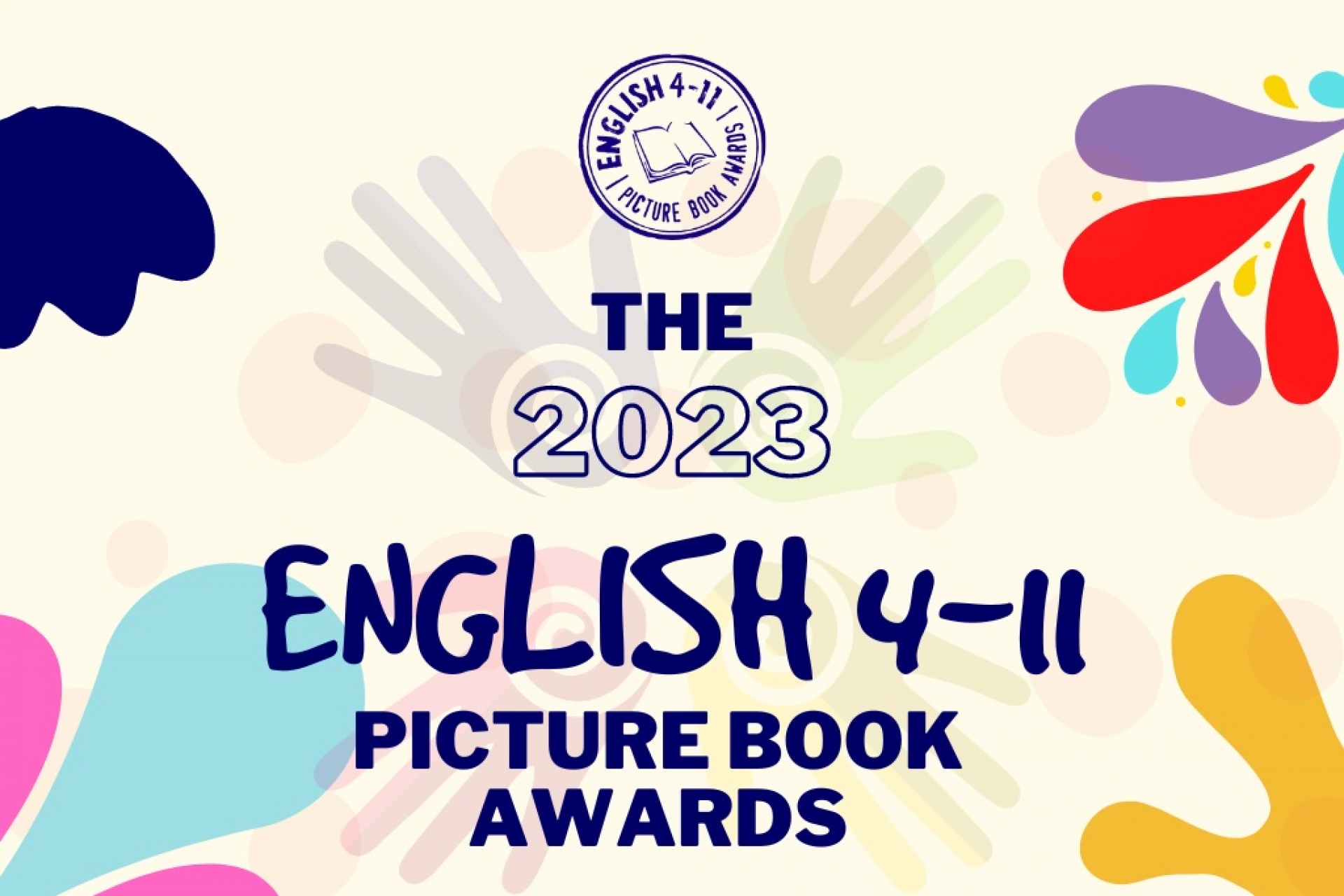
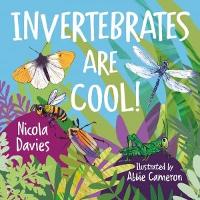
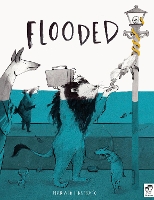

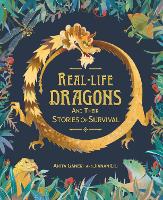
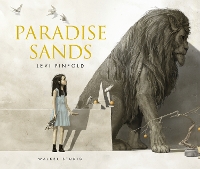
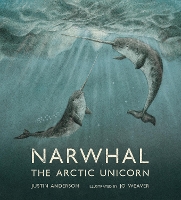
Comments (0)
Leave A Reply
You must be logged in to post a comment.